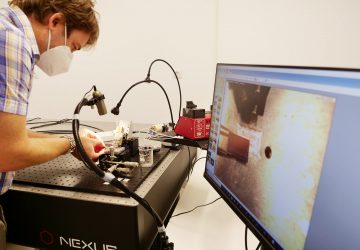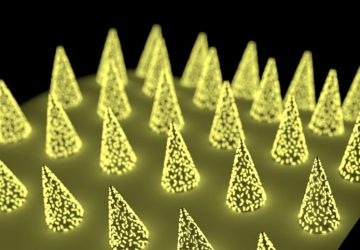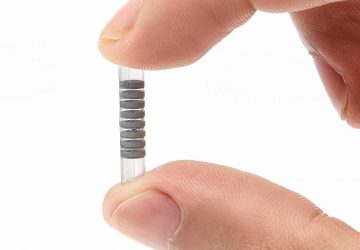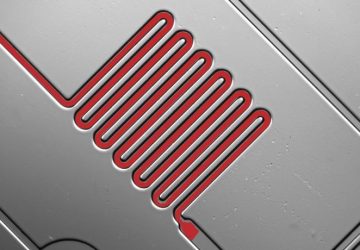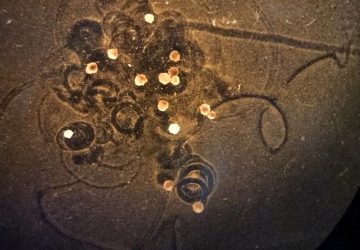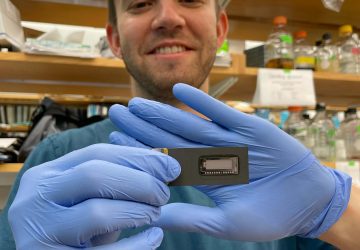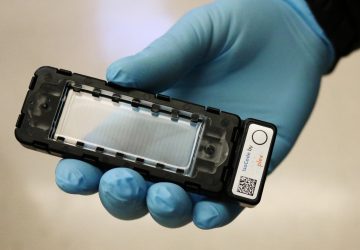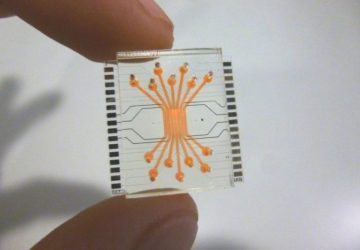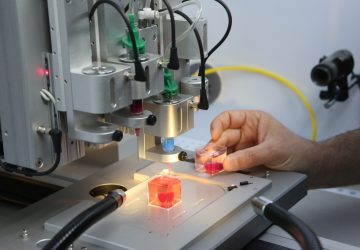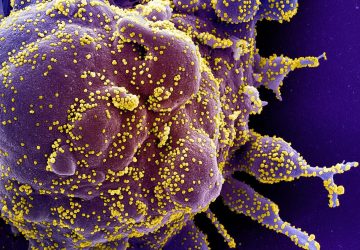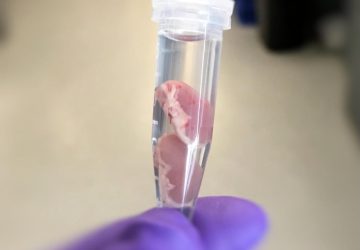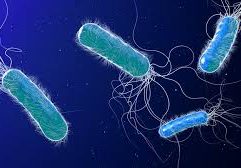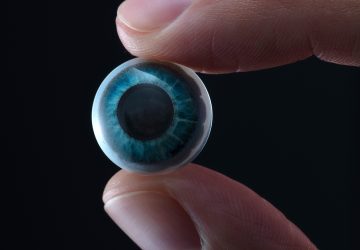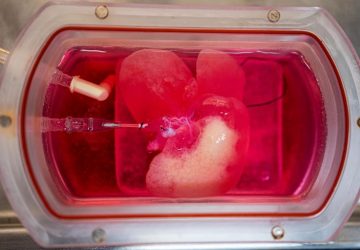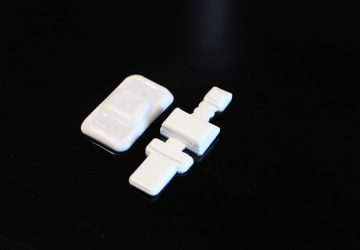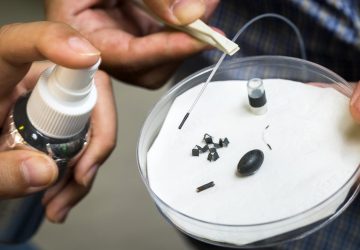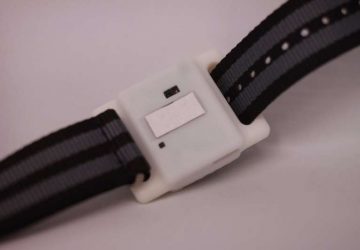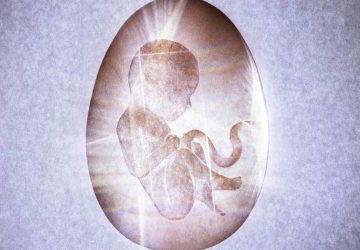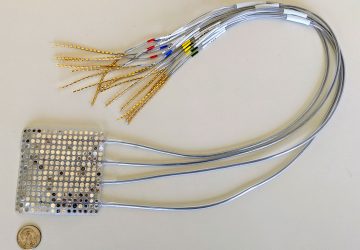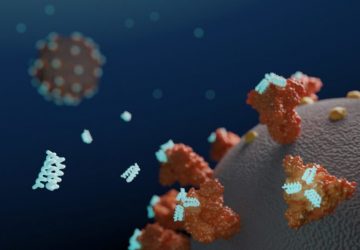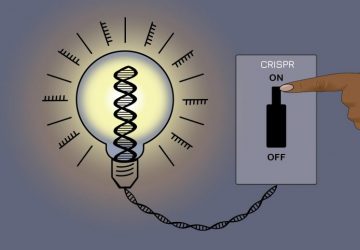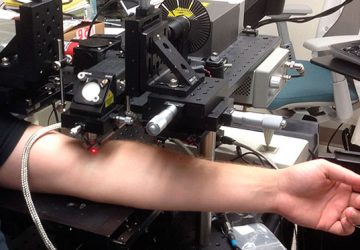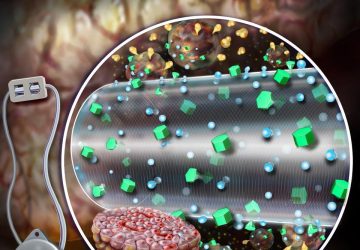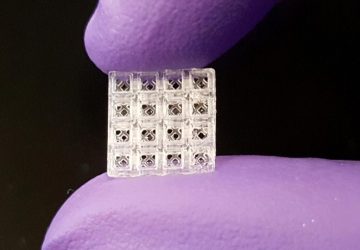Northeastern professor Daniel Distel and his colleagues have discovered a dark slithering creature four feet long that dwells in the foul mud of a remote lagoon in the Philippines. They say studying the animal, a giant shipworm with pinkish siphons at one end and an eyeless head at the other, could add to our understanding of how bacteria cause infections and, in turn, how we might adapt to tolerate — and even benefit from — them.
Live specimens of the massive shipworm, which was captured by Distel’s team with the help of researchers from the area, have eluded scientific description for hundreds of years. Distel, research professor at Northeastern’s Marine Science Center, has been searching for it for two decades. He had examined fragments of its tusk-like shell, made of calcium carbonate, and gazed wistfully at dead specimens preserved in ethanol. But neither he, nor any other living researchers, had ever come across a live specimen of the ancient species, a bivalve mollusc named Kuphus polythalamia that was first described (though incorrectly classified) by Swedish taxonomist Carl Linnaeus in 1758.
Now, in a new paper published in the Proceedings of the National Academy of Sciences, Distel and his colleagues present their research on the live shipworm. They describe how, remarkably, it does not eat, at least not much — it has a tiny digestive system — but instead bacteria living inside its gills convert sulfur gas from rotting wood into nutrients to keep it alive.
“Most shipworms are very delicate, translucent, usually white, beige or pink,” says Distel, who directs the Ocean Genome Legacy at Northeastern, a unique biological bank where researchers acquire DNA from organisms around the world for genetic analysis. “They’re mostly small, a few centimeters long. You have to be very careful not to damage them when you’re taking them out of the wood, where they live. This thing was like a baseball bat. It was a beefy, muscular animal, jet black.”
Indeed, the team had to edit much of the audio out of the original video of the creature’s debut. “When I took that thing out of the tube there was a collective gasp among the whole group,” says Distel, “along with quite a number of expletives that had to be deleted.”
Source: www.sciencedaily.com


